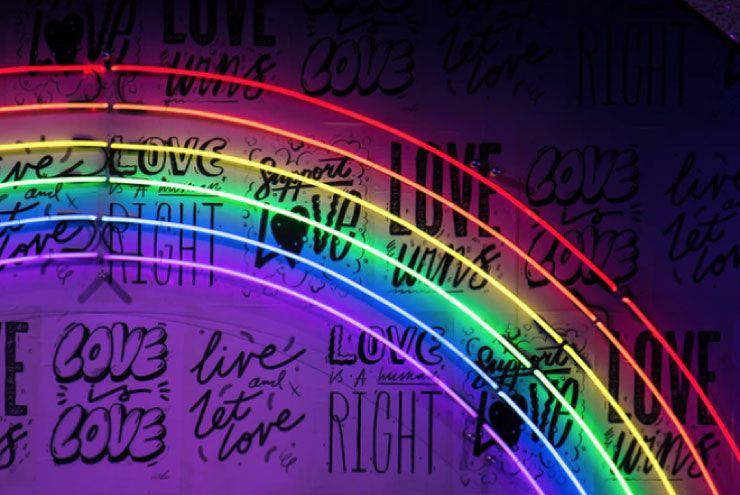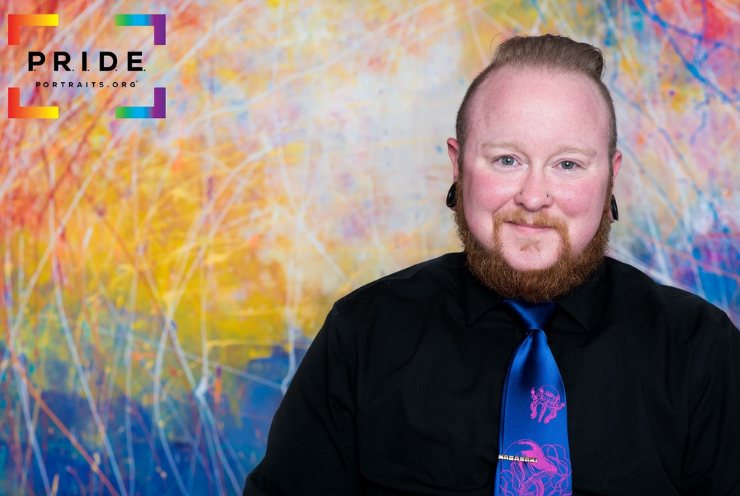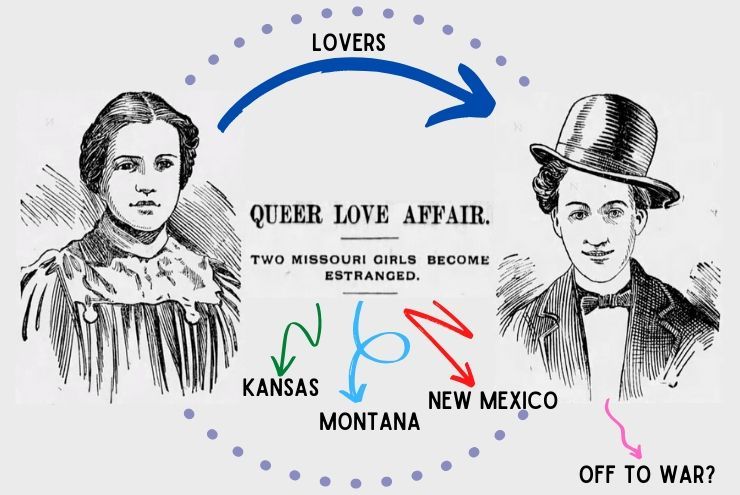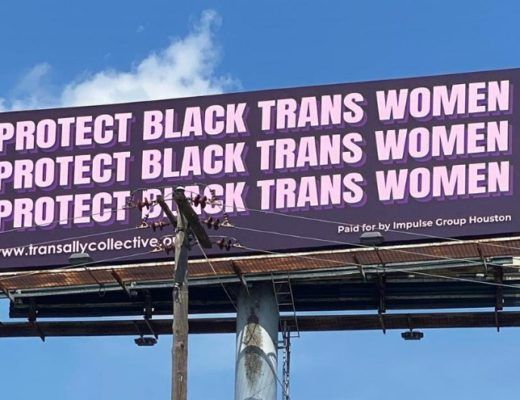Editor’s note: Names have been changed to protect privacy.
By Jay Stracke
Pride can take many forms. It can come from receiving a perfect score on an exam you’ve studied all night for; landing that dream job; or even from smaller victories, such as simply managing to make your bed in the morning. Yet, finding pride in ourselves, in our very being, identity, and personhood, doesn’t always come as easily—it is hard earned and often a long time coming.
This sentiment rings true for Houstonian Kelly Sanders, who, like many queer people, did not find or embrace their pride overnight.
Sanders, who identifies as “a disabled, gender-fluid, pansexual individual,” underwent many journeys to discover the different, unique, and beautiful facets of their identities. But each new road traversed led them to the same important lesson—one they now hope to share with others:
A long road walked doesn’t have to be walked alone.
Raised in a traditional Methodist family in Houston, Texas, Sanders began to actualize their identity during their college years, discovering and exploring these truths that, together, amalgamated into an overarching identity in which Sanders found pride and comfort. “The first identity I learned to accept was my disability, because I became sick in the spring of 2014, and I was supposed to perform in a dance competition. I realized I couldn’t,” Sanders recalls. “Over time, I discovered it was an autoimmune disease similar to MS. I can’t go out to a club. I can’t just get up and dance. I have to be aware that I have a certain amount of energy, and over the course of the night, I have to expend it properly or in a way that I can manage.”
But soon after, Kelly learned to advocate for themselves regarding their disability. They found that their voice—supported by the knowledge, pride, and acceptance of their identity—could resound and resonate with the people around them, finding that love, acceptance, and aid flowed as a result. After finding pride within this identity, Sanders felt free to explore other aspects of themselves as well—namely, their pansexual identity. “My senior year in college, there was someone I was interested in pursuing. About a month after I realized I was interested in pursuing them, they revealed that they were non-binary and use they/them pronouns,” Sanders explains. “I was thinking about them, and I realized that I find no real difference between gender. If you’re a person who exists, who piques my interest, and has a soul I feel like I can connect with, I was interested in you. I was interested in them as a human.”
After braving these two identity roads, Sanders found themselves traveling down a third—on a path outside of the gender binary. “I always felt like something was off about the body I was given, but I assumed it had to do with societal expectations of what a ‘feminine’ body was supposed to look like,” Sanders says. “This is the newest aspect of my identity that I have uncovered, and as such, I am still working on being proudly ‘out.’ But whenever I see anyone [else who is] genderqueer, I feel excited. When I first met another gender–fluid individual, I felt so excited that I was able to identify with someone else on this level. So, while it is relatively new to me, it still makes me happy.”
For Sanders, seeking out community both on and offline, was the key to finding the aid, support, love, acceptance, and guidance they needed to embrace their multiple queer and marginalized identities. Through being an active part of these communities, Sanders’ feelings of solitude began to melt away. “If I’m not alone, I don’t feel bad representing who I am—having this sense of, ‘Okay, this is me, and this is another person who feels the same way I do,’” they say. “There’s even this feeling of, even if you don’t understand something, you respect it. If someone feels something that you don’t or don’t ascribe to, you’re still aware that you’re not alone.”
“All of these parts of me add up to a human,” Sanders says. “Even though I have multiple facets to who I am as a person, finding these communities helped me realize that they all make me my own person with a strong sense of who I am and how I want to be in this world. This can be a scary road to walk on your own, but we are never alone. We walk on the shoulders of the queer individuals who came before, and we have been adding to the tapestry that is our community.”
“It’s one thing to see your personal journey, because you’ve observed that your entire life, whether or not you’ve acknowledged that it’s something that’s there. But when you meet someone who’s younger than you, who doesn’t know what to do, being able to help them is something that can mean the world, because you’re helping someone else see that life is worth living and that there are things out there that you can relate to and be a part of.”
This Pride month, let’s remember that we are never alone. Let’s walk this road together.







